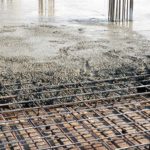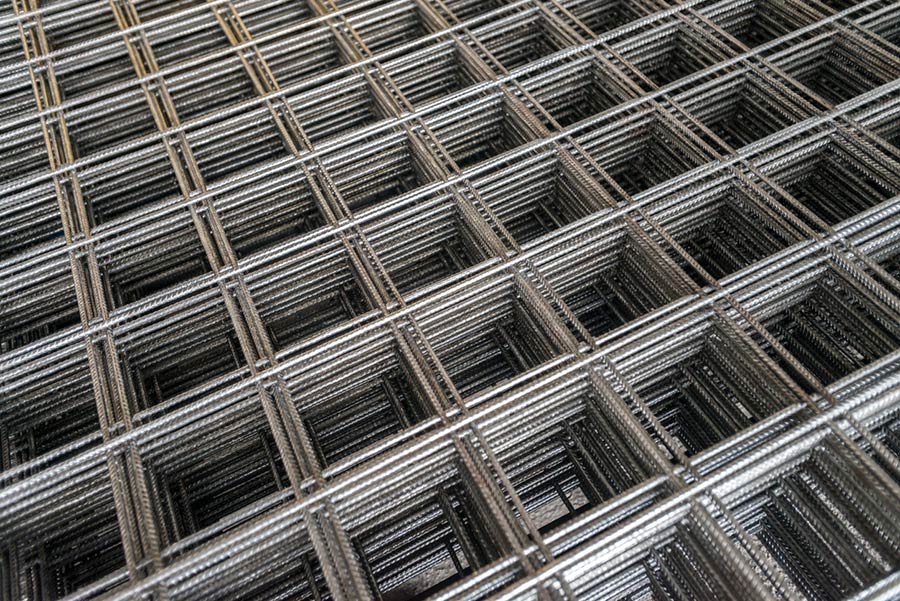We use cookies to make your experience better. To comply with the new e-Privacy directive, we need to ask for your consent to set the cookies. Learn more.
Reinforcement for Concrete: How to reinforce concrete and why
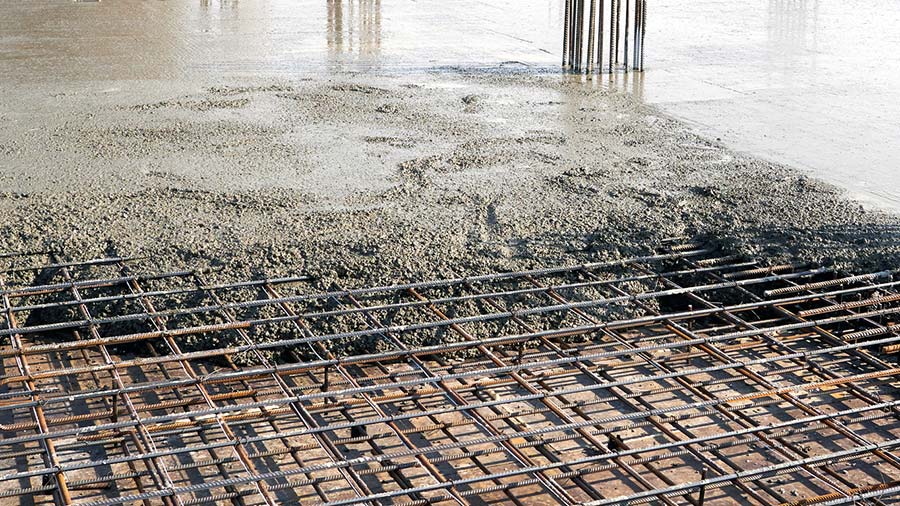
From the simplest of domestic builds to vast construction and infrastructure projects, concrete is at the heart of every building, bridge, road or pipeline that is created. No matter what the weather or ground conditions are and no matter what the design stresses of the construction are, concrete has to perform reliably and consistently at all times. Yet, whilst concrete has substantial compressive strength (usually up to 4,000 psi in domestic and standard commercial buildings), it is relatively weak in tensile strength, meaning that it can break or crack under shear forces. To mitigate against tensile weakness, concrete is routinely reinforced with steel. In this article, we look closely at why concrete reinforcement works, and how it is achieved.
What is reinforced concrete?
Reinforced concrete is simply regular concrete that has been strengthened by adding steel rods, which are called rebar, or mesh panels. The concrete itself provides much of the compressive strength, allowing it to bear significant loads, whilst the steel reinforcement adds tensile strength, allowing a structure to resist wind, vibration and other shearing forces.
Because concrete and steel have very similar thermal expansion coefficients, they react in an almost identical way to changes in temperature, meaning that they expand and contract at the same rate, which maintains structural integrity. This makes steel the perfect reinforcement partner for concrete.
Coefficients of Thermal Expansion (C°)-1
| Material | Linear (a) | Volumetric (b) |
| Concrete | 12 × 10-6 | 36 x 10-6 |
| Steel | 12 × 10-6 | 36 x 10-6 |
Once rebar is added to concrete to form a composite material, the strength of that reinforced concrete is almost doubled, when compared to concrete on its own.
When do you need to reinforce concrete?
Any construction element that is intended to carry a heavy load should always be reinforced, especially foundations, footings, columns and slabs. Without reinforcement, these elements could be compromised structurally or even fail entirely at some point in their lifespan. However, not all concrete requires reinforcement, and a simple domestic pour for a small shed floor or a garden path could cope perfectly well without reinforcement. It’s always wise to seek professional advice on the need for reinforcement if you are unsure, and adding reinforcement when it is not strictly necessary will not harm your building project in any way, and will reduce the chances of unsightly cracks.
There are specific guidelines to follow when working out the concrete cover required for a project. Both the grade of rebar or reinforcement mesh and the depth of poured concrete will depend on the design and loading requirements of the build, and the cover above the reinforcement must also be appropriate to the slab or element being created. There are a number of British standards that apply to concrete construction, including BS 8110, as well as standards governing the production of the actual reinforcement products themselves.
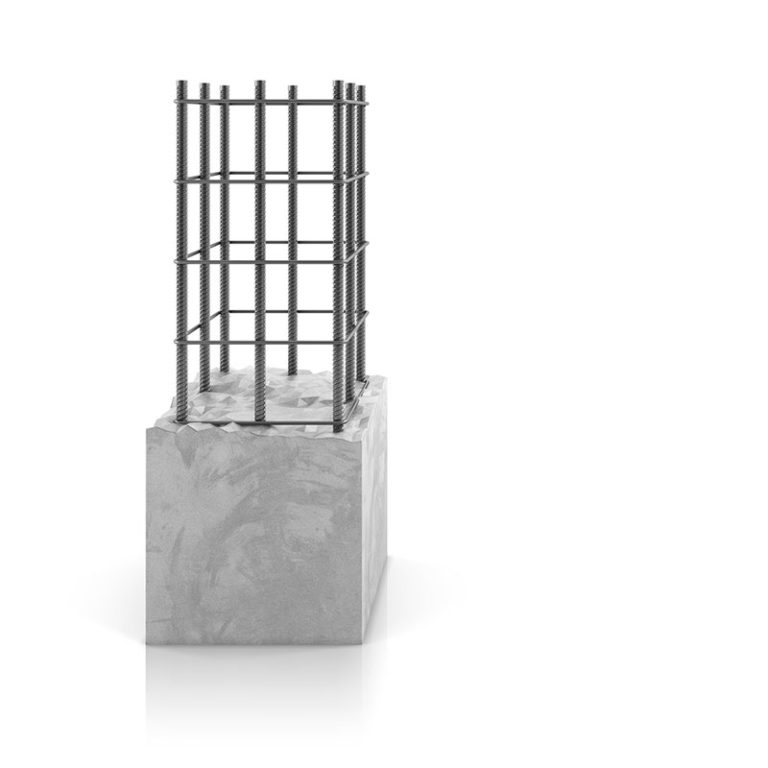
How to reinforce concrete with rebar
To reinforce a concrete slab, rebar rods are positioned across the entire slab at regular intervals, both lengthways and widthways. The rods should be tied together with suitable reinforcement ties, and the entire rebar structure should be supported from below, using appropriate positioning tools. These measures ensure that the grid formed from the rebar rods is at an equal height from the ground (and from the top of the poured concrete) across the whole slab area, and that the rebar doesn’t move during the concrete pour.
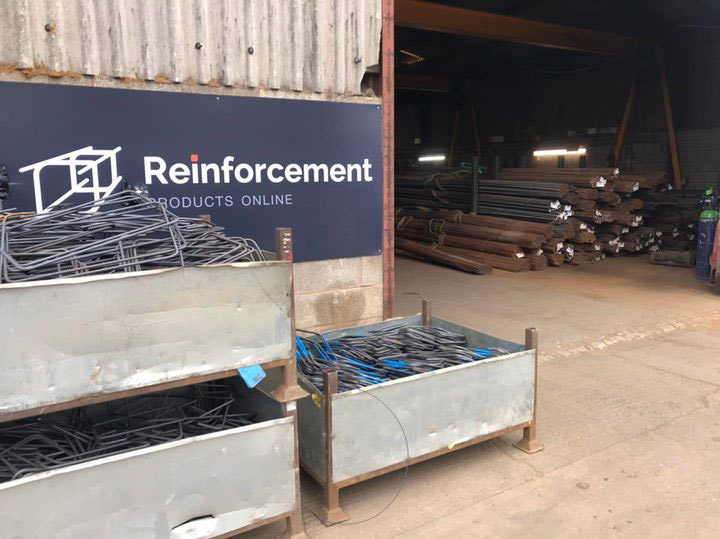
Looking for Steel Reinforcement?
Look no further. Competitive Rates, Experienced Team, Rapid Delivery.
Of course, if you need any guidance or advice on the correct rebar or mesh products for your next construction project, just get in touch with us today for a chat with a member of our friendly and experienced team.
For larger projects, it may be more appropriate to use mesh reinforcement for concrete, as these are easier to put in place across a big slab, and they bring cost savings too. They are made of the same deformed steel rods that rebar is made from, but they are pre-welded to form sheets, which are typically 2.4m x 4.8m in size. These panels are laid out across the slab, with care taken to overlap appropriately, so that all areas of the slab are reinforced equally. Mesh panels still need to be tied together properly and supported at regular intervals.
Do I need to reinforce concrete slab?
Ultimately, the answer to this question depends on what kind of weight or traffic the slab is expected to bear. If a slab is purely for foot traffic, such as a footpath, then there is no real need for steel reinforcement. Many sources cite 5 inches as the minimum thickness a slab needs to be before requiring reinforcement. Larger, deeper slabs that are designed to bear some weight of a structure will require steel rebar mesh to reinforce the slab and spread the load. It is recommended that an engineer is involved in the design of a slab to confirm this.
What is the minimum thickness of reinforced concrete slab?
A concrete slab (according to Euro 5) in a building must be a minimum of 125mm. However, when reinforcement is included, there must be sufficient covering included above and below the steel reinforcement. The formula to determine the minimum thickness is:
Cnom = Cmin + ∆Cdev
Cmin - Minimum Cover
∆Cdev - Cover Allowance
Cnom – Cover Nominal thickness (minimal cover)
Are concrete floor slabs reinforced?
This depends on a lot of factors including the thickness of the slab, the type of slab, the substrate the slab is on. Some slabs do not require reinforcement.
Conclusion
Over the last century or so, steel reinforcement has become a central part of concrete construction, and it is difficult to imagine what our urban landscapes would look like had reinforced concrete not become the norm. Whilst new developments in reinforcement are happening at breakneck speed, reinforcement steel looks set to remain at the heart of concrete construction for a long time to come.

